 Small town jealousy leads to big time problems in Lupino noir classic. 
Duh DUH duh duh DUH. He has a degree is philosophy...
Duh DUH duh duh DUH. He's broken over thirty bones...
Wait—wrong movie. That's the 1989 Road House, Patrick Swayze's unimprovable existential pugilistic epic. The movie we mean to discuss is the 1948 Road House, which premiered today and starred Ida Lupino, Cornel Wilde, Celeste Holm, and Richard Widmark. Nobody destroys an automobile showroom by driving a monster truck through it. Instead Ida Lupino drives her monster truck through a couple of male egos and teaches them lessons about a woman's right to choose her own life—and her own man. This gimmick-free proto-feminist drama is an excellent example from the film noir genre, and it's exhibit A why Lupino is a legend. She's mighty good in this. Mighty mighty good.
Duh DUH duh duh DUH. She has a degree from the school of hard knocks...
Duh DUH duh duh DUH. She's broken over thirty hearts... 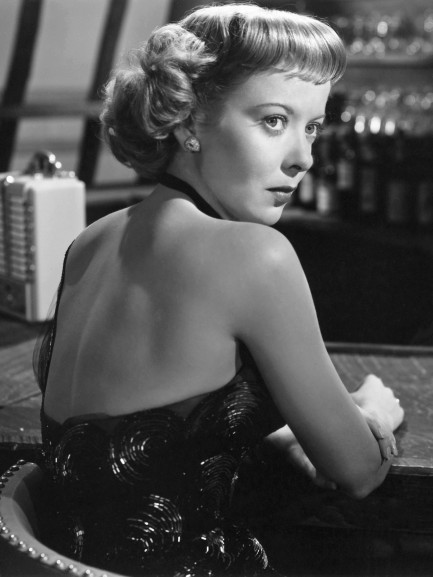 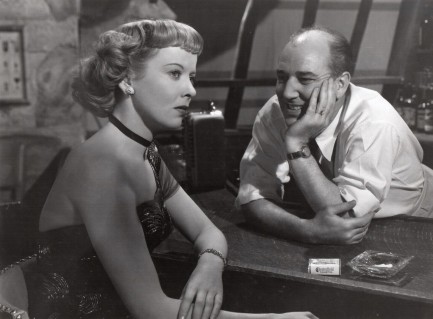 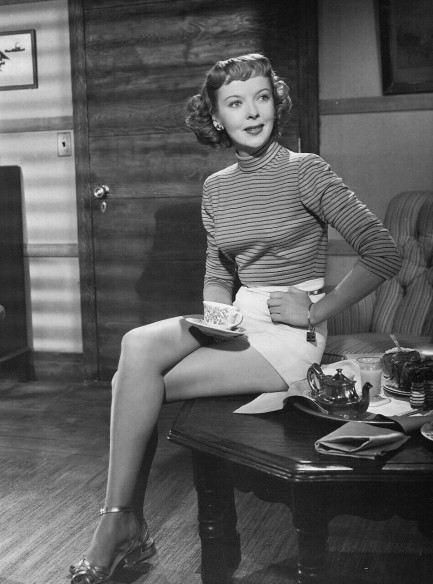 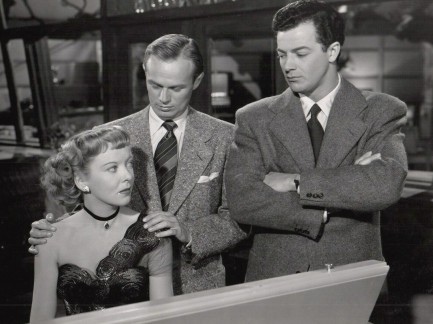 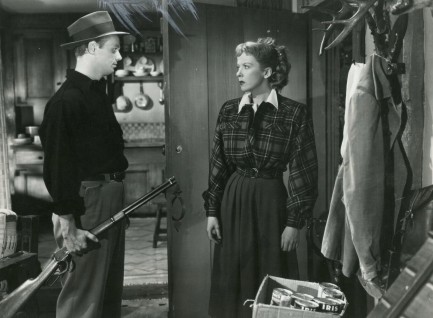 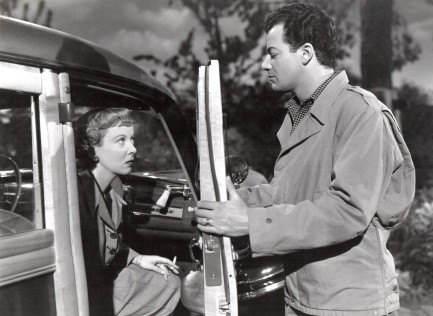 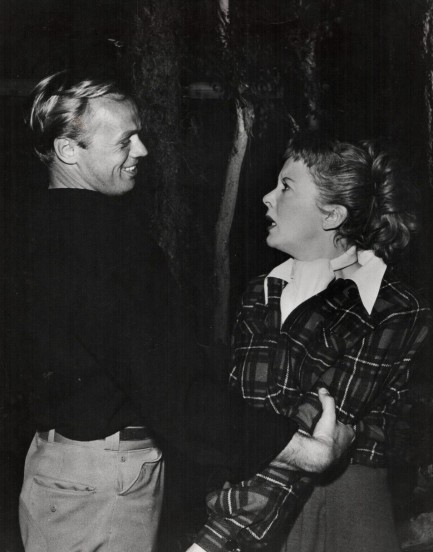 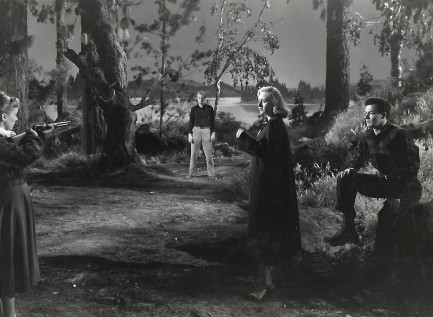 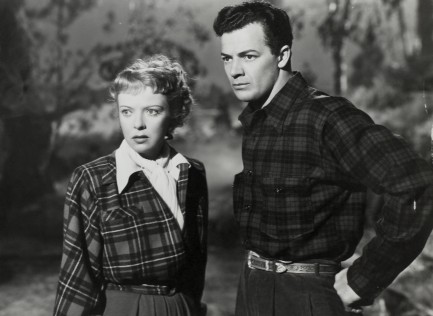 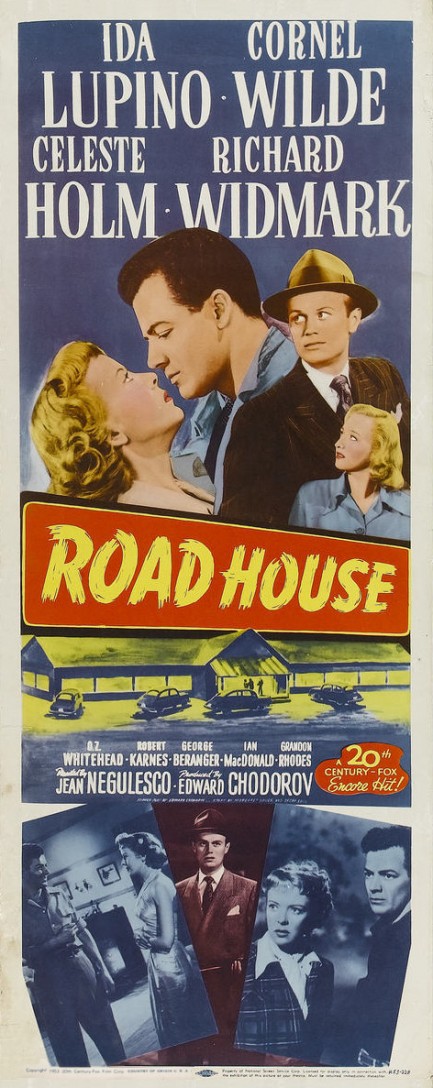
 Knight shoots pawn—check and mate. 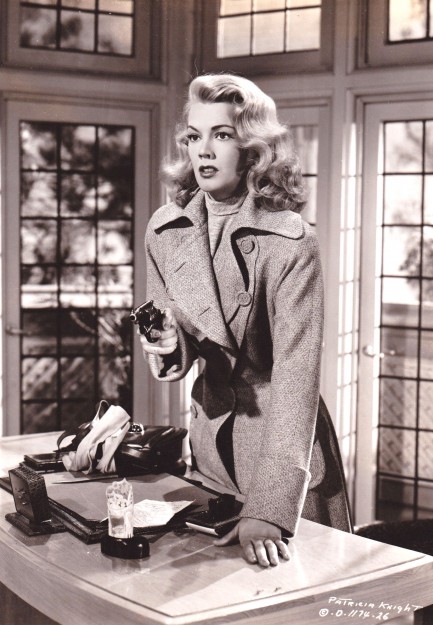
Patricia Knight made only five motion pictures, but one of them was 1949's Shockproof, which falls into the category of under appreciated film noir. She plays an ex-convict who moves in with her parole officer. Yeah—bad idea, but no need to say more because we already talked about the film in detail. Check here. Knight married her Shockproof co-star Cornel Wilde and, except for a few more roles, that was pretty much the end of her career. But her contribution to film noir is remembered as one of the better ones. This is a promo photo from the movie, 1949.
 A thousand and one nights with Evelyn Keyes is not nearly enough. 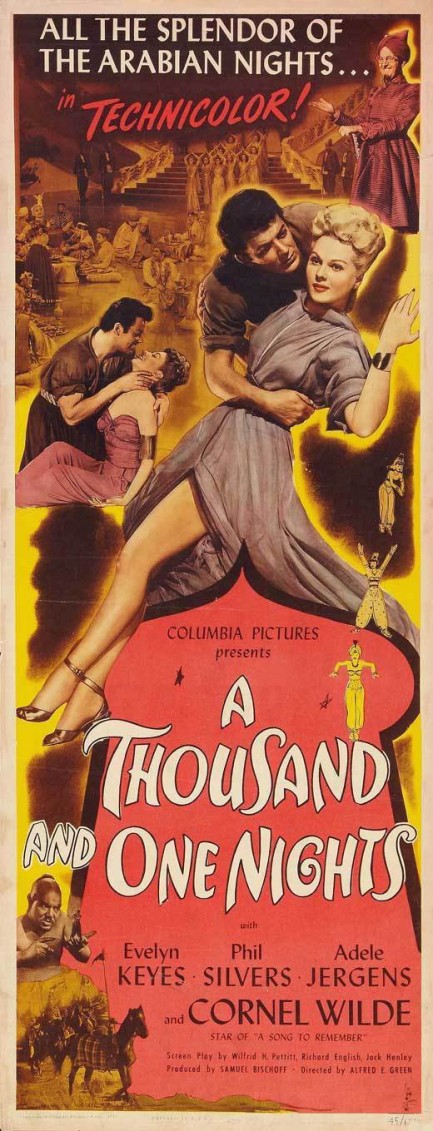
Above, the U.S. poster for A Thousand and One Nights, which we talked about in detail last year. The movie starred Evelyn Keyes as a wish-granting but mischievous genie, and Cornel Wilde as the lucky owner of her lamp and undeserving object of her affection. Terminally cute, this one, which premiered in the U.S. today in 1945. As a bonus, there's the magical Keyes below making herself disappear (behind a hat). 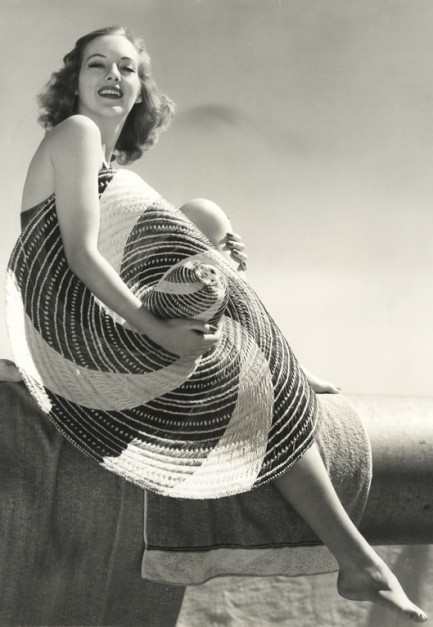
 When Evelyn Keyes comes out of a lamp, is there really any need to wish for more? 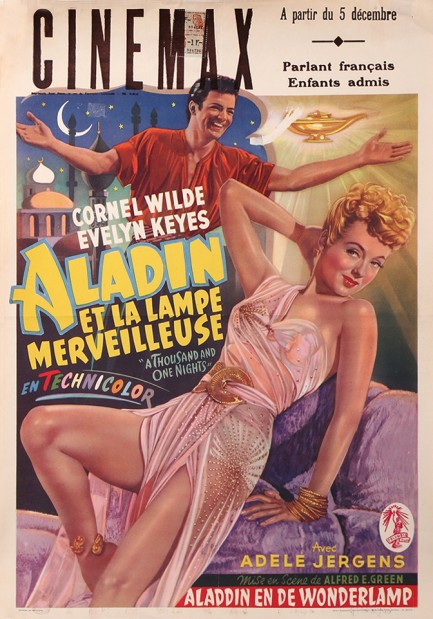
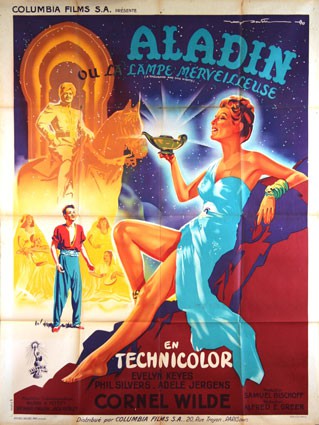 The unusually beautiful French language poster above was made for the Belgian run of Aladin et la lampe merveilleuse, which was originally produced in the U.S. as A Thousand and One Nights. Some of the other posters for this set-in-Baghdad musical adventure are excellent too, such as the one you see at right (presumably made for the French run), but the version at top is the best—and rarest. The unusually beautiful French language poster above was made for the Belgian run of Aladin et la lampe merveilleuse, which was originally produced in the U.S. as A Thousand and One Nights. Some of the other posters for this set-in-Baghdad musical adventure are excellent too, such as the one you see at right (presumably made for the French run), but the version at top is the best—and rarest.
The art also manages to convey the mood of the movie quite accurately—it’s ninety minutes of cheeseball musical numbers, Vaudevillian slapstick, and Cornel Wilde caught in the world’s silliest love triangle. All of this is slightly marred by the unfortunate sight of white actors hamming it up with brown shoe polish on their faces, but that's to be expected in a Middle-Eastern themed movie made during an era when actors of color were more-or-less barred from cinematic roles.
On balance, the movie is a real mood lifter, but the whole effort is just a little too stupidly sweet for us to truly call good, with a bit too much syrupy baritone crooning from Cornel Wilde (or more likely his voice double), and too much of the various love interests making cow-eyes at each other. But Evelyn Keyes as the troublemaking genie is a fun touch. She makes the movie worth it. Aladin et la lampe merveilleuse premiered in the U.S. in 1945, and played for the first time in France/Belgium today in 1949.
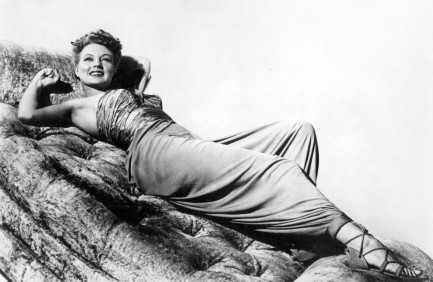 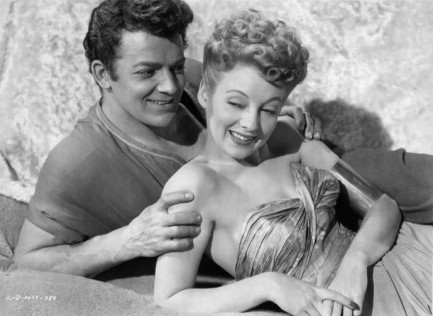 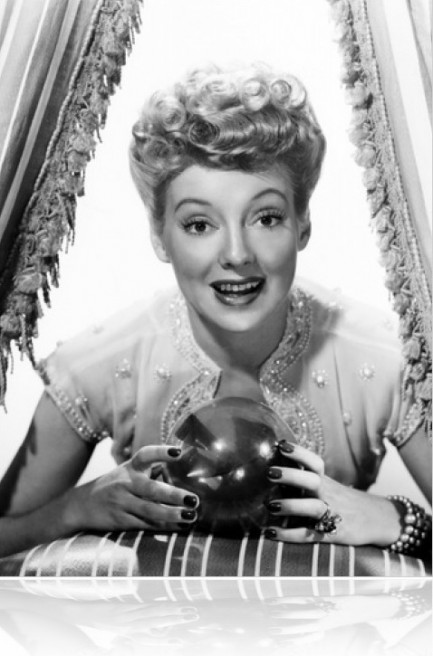
 Some said it was a hasty decision but few could fault the results. 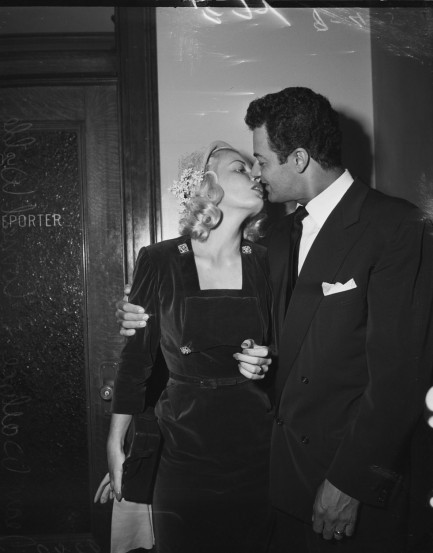
This photo shows American actress Jean Wallace and Hungarian actor Cornel Wilde, née Kornél Lajos Weisz, emerging from Los Angeles Superior Court after their marriage ceremony, which took place five days after Wilde was granted a divorce from his first wife Patricia Knight. Press stories described the wedding as quick because Wallace and Wilde had dated for perhaps five months. One newspaper told readers Wallace “married actor Cornel Wilde in a hasty ceremony… kissed the flustered Mr. Wilde hastily [and] hastily brushed aside the honeymoon…” Hasty or not, the marriage lasted three decades—a success by many measures, especially in Hollywood. The photo is from today in 1951. Side note: Wilde was famous for his haircut, which was unusual at the time and provided ample sport for gossip columnists, but his shaggy 'do influenced a generation of young men.
 Lesser-known noir The Big Combo is well worth a viewing. 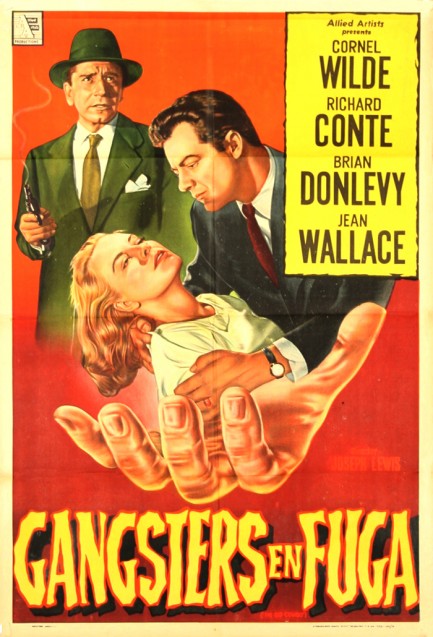
In the old noirs criminal gangs are sometimes the Mafia, sometimes the Mob, and still other times the Syndicate. In this one the gang is the Combination, hence the title The Big Combo. While the film isn’t a big budget noir, it makes up in inventiveness what it lacks for dollars. Example: one thug who wears a hearing aid is about to be rubbed out. He begs for his life, and one of his executioners says, “I’ll do you a favor—you won’t hear the bullets.” He then snatches out the thug’s hearing aid and we see a silent close-up of muzzle flashes. The film is filled with visual treats like that, and as a bonus it has first-rate acting, with the lead Cornel Wilde even pulling off a crying scene. For real. He turns on the waterworks with no help from the make-up department and it’s an exceedingly rare feat for male actors during the 1950s. Another characteristic of The Big Combo is its sexual undercurrents. One character is a stripper and during a backstage scene we get a surprising flash of her bikini-clad bottom. Meanwhile, Lee Van Cleef and Earl Holliman play two hired thugs who we’re supposed to suspect are gay. We’ve seen the great documentary The Celluloid Closet about the many gay characters hidden in old films, so we’re familiar with the hints screenwriters like to drop. In this case the relationship between Van Cleef and Holliman is clearer than usual, which makes us wonder if it was an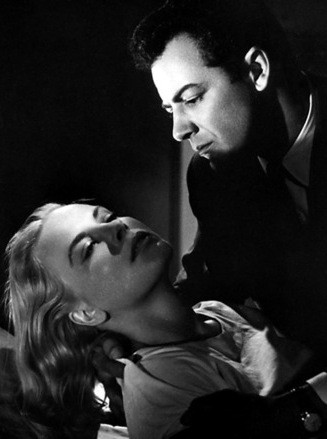 accident or a deliberate attempt to push the envelope when Holliman utters the line, “I’m sick of swallowing sausage.” Shortly thereafter the two are dispatched via hand grenade, so unfortunately we don’t get to know any more about these two great characters. accident or a deliberate attempt to push the envelope when Holliman utters the line, “I’m sick of swallowing sausage.” Shortly thereafter the two are dispatched via hand grenade, so unfortunately we don’t get to know any more about these two great characters.
We’ve already given away too much, so we’ll quit while we’re ahead. If you like film noir, definitely give this one a spin. It’ll be a good expenditure of time, we promise. Above you see the great Spanish language promo art for this underrated classic. It was released with the title Agente Especial in most Spanish speaking countries, but for Argentina the producers went with Gangsters in Fuga, which translates rather poetically as “Gangsters in Flight.” It first flew in the U.S. in 1955, and migrated to Argentina in the spring of 1956.
|
 |

The headlines that mattered yesteryear.
2003—Hope Dies
Film legend Bob Hope dies of pneumonia two months after celebrating his 100th birthday. 1945—Churchill Given the Sack
In spite of admiring Winston Churchill as a great wartime leader, Britons elect
Clement Attlee the nation's new prime minister in a sweeping victory for the Labour Party over the Conservatives. 1952—Evita Peron Dies
Eva Duarte de Peron, aka Evita, wife of the president of the Argentine Republic, dies from cancer at age 33. Evita had brought the working classes into a position of political power never witnessed before, but was hated by the nation's powerful military class. She is lain to rest in Milan, Italy in a secret grave under a nun's name, but is eventually returned to Argentina for reburial beside her husband in 1974. 1943—Mussolini Calls It Quits
Italian dictator Benito Mussolini steps down as head of the armed forces and the government. It soon becomes clear that Il Duce did not relinquish power voluntarily, but was forced to resign after former Fascist colleagues turned against him. He is later installed by Germany as leader of the Italian Social Republic in the north of the country, but is killed by partisans in 1945.
|

|
|

It's easy. We have an uploader that makes it a snap. Use it to submit your art, text, header, and subhead. Your post can be funny, serious, or anything in between, as long as it's vintage pulp. You'll get a byline and experience the fleeting pride of free authorship. We'll edit your post for typos, but the rest is up to you. Click here to give us your best shot.

|
|















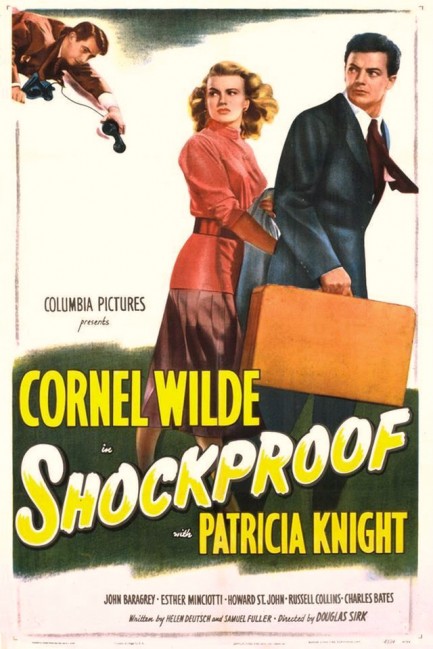
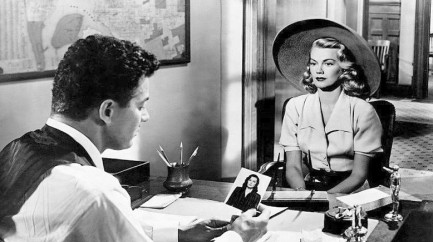
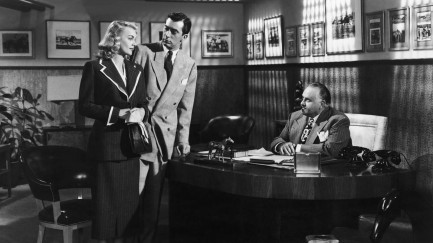
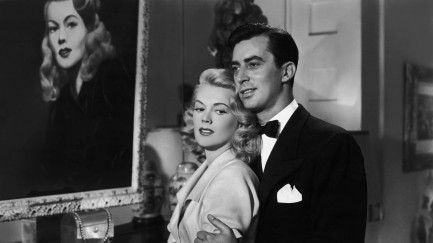
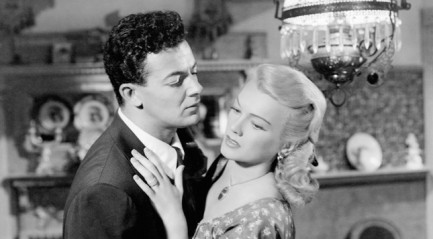
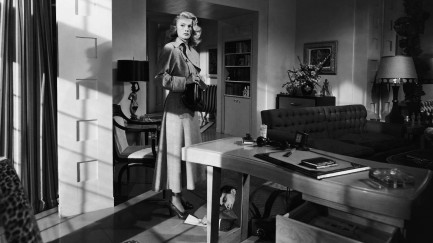
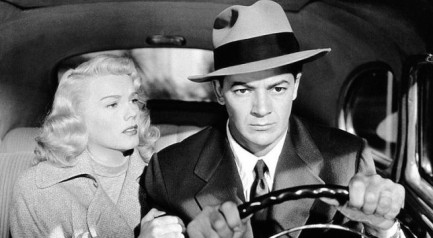
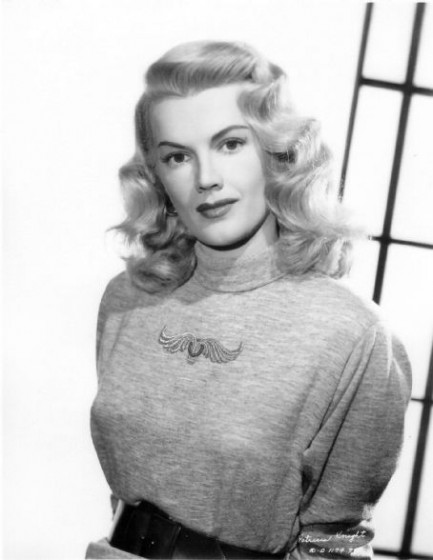





 The unusually beautiful French language poster above was made for the Belgian run of Aladin et la lampe merveilleuse, which was originally produced in the U.S. as A Thousand and One Nights. Some of the other posters for this set-in-Baghdad musical adventure are excellent too, such as the one you see at right (presumably made for the French run), but the version at top is the best—and rarest.
The unusually beautiful French language poster above was made for the Belgian run of Aladin et la lampe merveilleuse, which was originally produced in the U.S. as A Thousand and One Nights. Some of the other posters for this set-in-Baghdad musical adventure are excellent too, such as the one you see at right (presumably made for the French run), but the version at top is the best—and rarest.






 accident or a deliberate attempt to push the envelope when Holliman utters the line, “I’m sick of swallowing sausage.” Shortly thereafter the two are dispatched via hand grenade, so unfortunately we don’t get to know any more about these two great characters.
accident or a deliberate attempt to push the envelope when Holliman utters the line, “I’m sick of swallowing sausage.” Shortly thereafter the two are dispatched via hand grenade, so unfortunately we don’t get to know any more about these two great characters.



































































